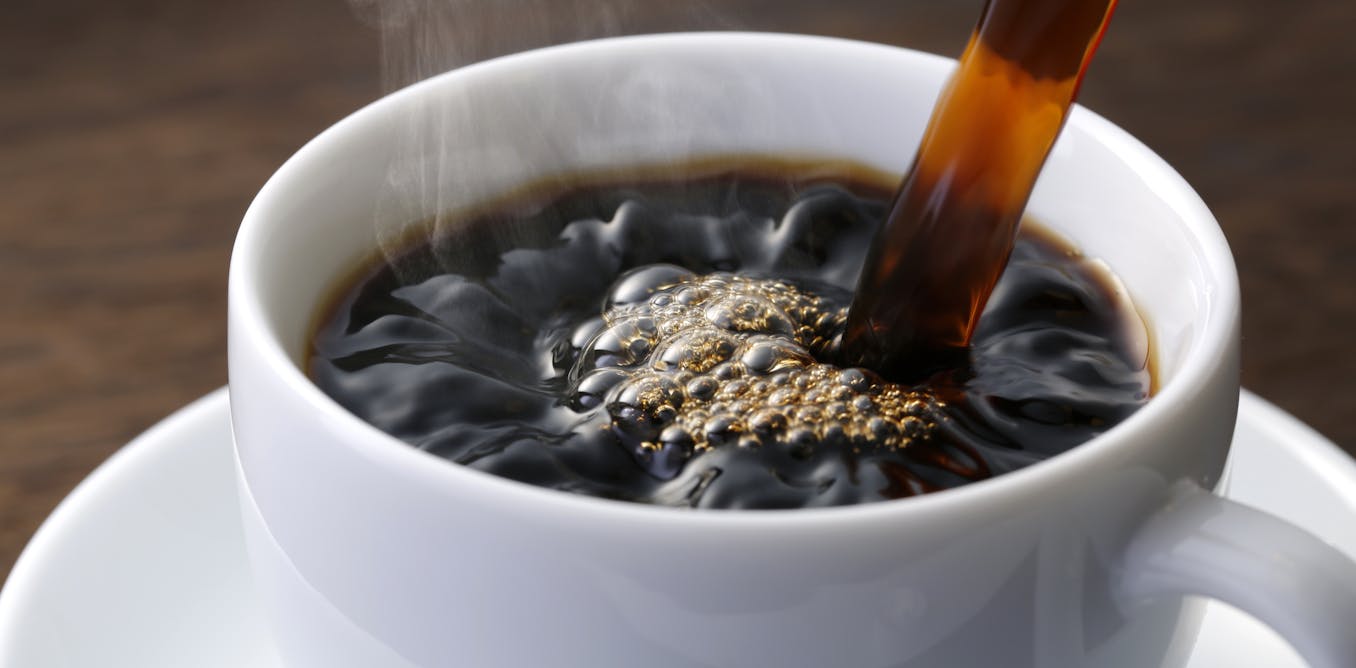
Espresso is the basis for the majority of the coffee and milk based drinks on the menu. The product expenses are around 15 cents to make a shot of espresso, and about 35-40 cents to make a cappuccino, mocha or latte ? Naturally, staffing, devices and location add a lot to the cost, but the low consumable costs vs. high retail prices are one of the primary factors many coffee shops are springing up in towns throughout America.
Follow the link for the full article here.
This guide provides the useful info needed for you to select the right espresso devices for your house, office, or business. Without a firm knowledge of the different espresso makers, the choice procedure may be confusing and somewhat frustrating just due to the fact there are a lot of models to pick from. This guide is not extremely brief, however investing the time to read it will significantly boost your buying experience.
Espresso is just another approach by which coffee is brewed. There are several ways of developing coffee that include making use of a range top coffee maker, percolator, French press (or coffee press), vacuum pot and others. Espresso is brewed in its own special way.
Espresso is a drink that is produced by pressing hot water, between 192F and 204F, at high pressures, through a bed of finely ground, compressed coffee. The shot is brewed for approximately 25 to 30 seconds, and the exact same time uses to both a double or single shot (double baskets are bigger, with more screen area, and the coffee flows faster - single baskets limit the flow more, leading to 1.5 ounces in 25-30 seconds).
An espresso machine brews coffee pushing pressurized water around boiling point through a "puck" of ground coffee and a metallic filter in order to create a thick, focused coffee called espresso. The first equipment for making espresso was developed and patented in 1884 by Angelo Moriondo of Turin, Italy. Check this Twitter Moments collection for an in-depth introduction to the espresso machine.
⚡️ “How to Choose an Espresso Machine” by @coffeeblogger1 https://t.co/sTC6SIx6Yw
— Coffee Lover (@coffeeblogger1) February 28, 2021
The resulting beverage, either a single or a double, is topped with a dark golden cream, called crema when brewed appropriately. Crema is among the visual indications of a quality shot of espresso. Consuming an espresso is in itself an art form of sorts. In Italy, where most real espresso is bought in a coffee shop, it is customary to raise cup and dish, smell the shot, and drink it in 3 or 4 quick gulps. You complete the "ceremony" by clacking the cup back on the dish in a firm however not-too-hard manner.
Espresso is confusing because usually, it isn't prepared correctly. Real espresso, brewed with a pump or piston driven espresso maker is extremely demanding on the bad coffee bean grinds. However prior to we enter the relative 'abuse' that ground coffee is executed to produce a superior espresso, let us take a step back and discuss a bit more the misunderstandings about the beverage.
Espresso is not a kind of bean: This is a common misunderstanding, and inaccurate marketing by coffee chains, grocery stores, and even word of mouth provide the impression that espresso is a type of bean. Any coffee bean can be used for espresso, from the most typical Brazils to the most unique Konas and Ethiopian Harar coffees.
Espresso is not a kind of blend: This one is also a common misunderstanding, however with some fact to the claim in that there specify blends developed for espresso. The issue is, lots of people believe there is only one kind of blend that is fit for espresso. Many high quality micro roasters would disagree with this - Roaster Craftsmen the world over work vigilantly by themselves version of "the best espresso blend".
Espresso is not a Roast Type: Another popular misconception is that espresso can just be roasted one way (and normally the thought is that espresso should be extremely dark and sparkling with oils). This is not the case. In fact, the Northern Italian way of roasting for espresso is producing a medium roast, or more typically referred to as a "Complete City" roast if you like on the west coast of the U.S.A.. In California, the common "espresso roast" is a dark, or "French" roast, and in parts of the eastern United States, an extremely light or "cinnamon" roast design is chosen. The bottom line here is this: you can make good espresso from almost any roast type; the choice is simply as much as your own taste buds.
Espresso is the basis for many of the coffee and milk based drinks on the menu. Espresso is a drink that is produced by pressing hot water, between 192F and 204F, at high pressures, through a bed of carefully ground, compacted coffee. Real espresso, brewed with a pump or piston driven espresso machine is extremely requiring on the bad coffee bean grinds. Espresso is not a type of blend: This one is also a common misunderstanding, but with some fact to the claim in that there are particular blends designed for espresso. Espresso is not a Roast Type: Another popular misconception is that espresso can only be roasted one method (and generally the idea is that espresso should be very dark and shining with oils).
The full guide, and more espresso coffee making content at Coffee-Brewing-Methods.com